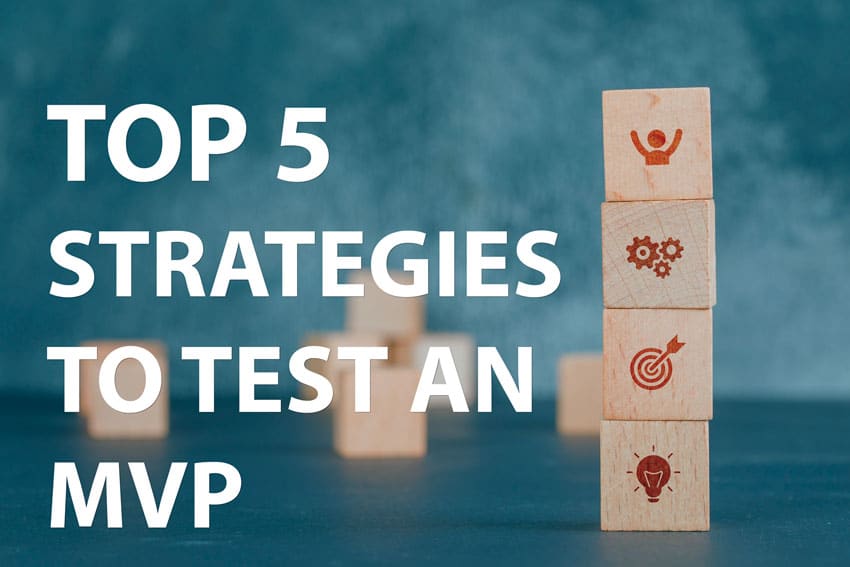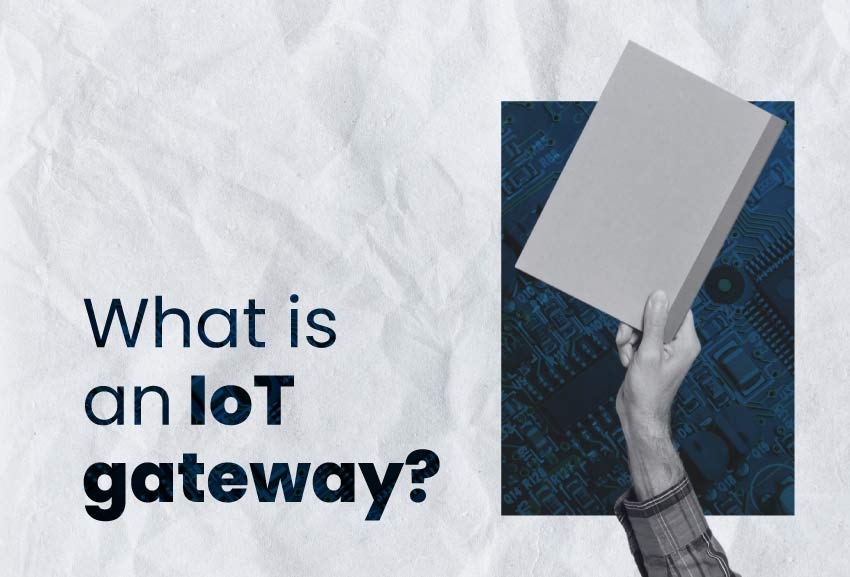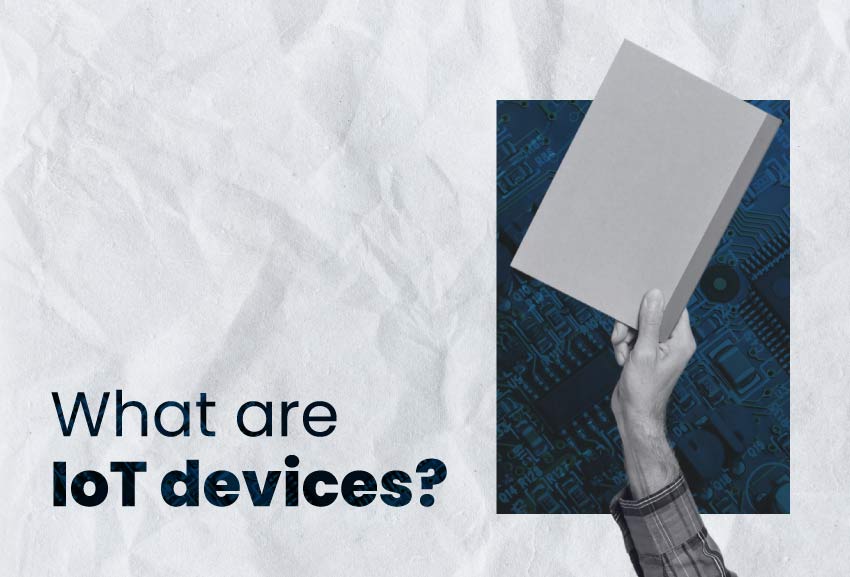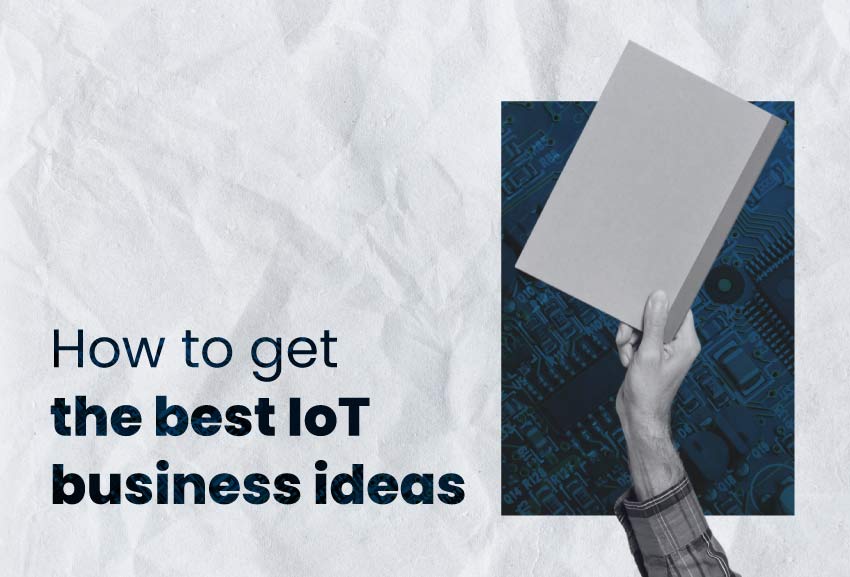Your business idea may sound great and look good on paper, but maybe you have doubts about the results you may get if you make it a reality. You know what MVP means and that’s why you are planning to build it, however, to be sure about the effort, time, and money it requires, you need MVP testing. This is the way you will realize if your Minimum Viable Product will be successful or not in the market.
We will present to you in this short guide 5 strategies to test your MVP.
Minimum Viable Product meaning
Probably you already know the definition of MVP, but we always like to remember entrepreneurs and CEOs about it. Sometimes we underestimate the importance of something because we see it as “just” a step or a “necessary” process. To sum up, a Minimum Viable Product is the right way to enter any market without risking a high investment.
You can build an MVP for a new app, software, service, product, or device. We have seen many entrepreneurs waste thousands of dollars on product development, not because the process was bad, but because they didn’t test a basic version of the product before introducing it to the market. A Minimum Viable product not only is necessary for any new product, software or service, it is also a crucial step that ensures your growth as a business professional.
Why do you need MVP testing?
You can either carry on this process with the help of a company that designs and builds prototypes, hardware, software, and IoT devices, or do it by yourself if you have the contacts and proper means.
There are several reasons why MVP testing is necessary when trying to build a business idea from scratch:
- Your product or service will be verified and validated.
- Potential users will show you the “bugs” or failures your product has.
- They will provide feedback about how necessary your product is for them. That is, you get acceptance testing with no need to invest in mass production or marketing.
- You save thousands of dollars in building a prototype or product.
- You will know if your product aligns perfectly with the market needs.
- Quick changes can be done to the product or service and repeat the MVP evaluation.
MVP testing also provides information about who your potential audience is. Of course, you need early adopters, these are the customers who are willing to buy your product even in its most basic version. However, early adopters belong to specific niches, and probably you are targeting the wrong niche with your Minimum Viable Product.
For instance, maybe you want to target an expert audience that loves wearables. You want to test a device that will measure metrics from body temperature to how much oxygen is spent during the day. But instead, the audience that tests your product doesn’t look impressed. There are now too many devices on the market that can provide several metrics to their users.
Does it mean that MVP testing failed? Not necessarily. Maybe your MVP idea will be more appreciated by first wearable users, so you need to test your product again with a new audience. And they’ll probably recommend better features that will impact positively on your device’s performance.
Remember, the most important part of MVP testing is the feedback you obtain from potential users or early adopters. That’s the way many big companies like Apple, Amazon, Uber, and Airbnb have grown. They are part of the best MVP examples you can check.
How to test your MVP
Once you have your MVP as a sketch, diagram, cards, render or physical product, it’s time to use different MVP testing strategies. It is not necessary to use all of them, but they serve as a guide to help you succeed in your goal, which is finding out if your business idea will be a great hit in the market.
We will show you 5 strategies we have used the most at DeepSea Developments to help innovators like you. Also, the other advantage of the following strategies is that you can implement them quickly at a low cost.
1. Interview your potential customers

Arrange a private meeting with potential customers of your product or service. Let them test your MVP, receive all recommendations and analyze their reactions, especially, how they respond to the product.
There is nothing better than receiving feedback from a real user, however, don’t let their appreciation completely change what you wanted to launch or implement from the beginning. Sometimes a product can be so innovative that many people may not understand its features. If you have doubts after performing this exercise, try other strategies, or repeat it with different people.
A/B tests
Jeff Bezos, the founder of Amazon said, “Our success at Amazon is a function of how many experiments we do per year, per month, per week, per day.”
Creativity cannot be limited. Sometimes ideas come at you as a big stream full of many alternatives, and it is hard to choose just one option. If you have no idea what features to include in your MVP, try to create 2 or 4 versions. It depends on the ideas you want to develop. We would recommend showing your customers option A and option B.
The objective here is they interact with each version and tell you which one is better. Another option is to gather two groups and not let them interact between them. Show group 1 the A version of your MVP, and group 2 will interact with version B; you need to be open to receive their feedback, whether it is good or bad.
Many things can come up from this MVP testing exercise. They could suggest discarding one of the versions, giving you more confidence about the MVP that is better to launch in the market. They could also recommend combining both versions; depending on the features and uses it has.
And in the final scenario, none of the versions you presented is interesting to them. This means two things: you could discard your business idea, or repeat the A/B testing with a new group of potential customers.
Iterate this exercise as many times as you want. The results will tell when the MVP is ready, or on the contrary, if you should discard it and focus on a new business idea.
Pre-order pages
Set up a website where you can offer your MVP. You don’t really need to have the product built. Maybe you have a design or render of the final version. This strategy works as a presale alternative. Hook potential clients with a really good offer, show them what is your added value, and why they should buy your product or service.
Your offer has to be good enough and realistic so it convinces the early adopters to order your product. Some of the companies that have worked with us in prototype building and product development were successful in raising funds just by showing a render and the features of the product on a simplistic website.
Keep in mind that you need to tell your customers the exact date when they will receive your product or the access to the service (app or software). They won’t buy from you if you don’t give them a clear guarantee of your offer. Also, add contact information: phone number, address, emails, social media platforms; any means they can use to contact you.
By the way, try to set a deadline thinking about the time you need to produce several MVPs while you get the pre-orders on your website.
2. Paper prototypes
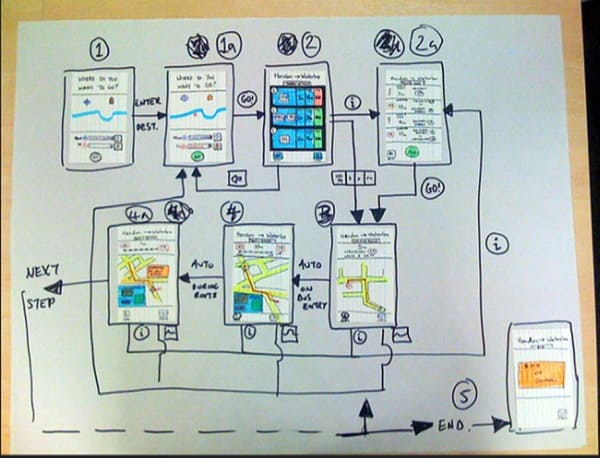
If you don’t have expertise in electronics, the budget or the time to get a great team that builds your MVP. You could design it yourself by using cards, sheets, and markers; it is a cheap and quick way to get an MVP done and test it.
Simply create your MVP and show your potential customers how the user experience would be like. This kind of strategy works more for business ideas of software, phones or apps (see proof of concept stages).
Get them to play with the cards you draw, and simulate the experience of interacting with your software or app. Of course, you need to explain forehand what needs your idea solves and what features will be included in the functional MVP version.
Using paper prototypes to test your MVP idea may look a little rudimentary, but don’t underestimate it. Sometimes the best insights are gotten from this kind of exercise.
3. Explainer video
You can record a video where you explain how your MVP works; you can show a presentation or perform a demonstration of the main functionalities.
Don’t be shy, try to cover in this explainer video every possible question that your potential users may have, for example: how does your product work, what does it do, performance, price, benefits, material, why they need your product or service, and lastly, how you will improve their lives.
There is no specific time for an explainer video. We could suggest you take into account the price of the product, if it is expensive, you need to really go deep into every aspect and record a long video. If the product has a low price, the video can be short.
In fact, the popular cloud platform Dropbox started getting subscribers with an explainer video.
Before they even had a developed platform, they started getting subscribers just by showing the potential of the idea. They convinced a big audience with just a Minimum Viable Product.
4. Crowdfunding
You can expose your Minimum Viable Product idea on crowdfunding websites (there are plenty to check). The big advantage of this strategy is that you can test your idea with people interested in funding new and innovative products.
If you start a product crowdfunding campaign, you will be reaching people (clients and investors) who think like you and appreciate new business ideas.
This strategy may not be really effective for gathering feedback, since people are looking for products that are a little advanced. However, it’s worth trying this strategy for MVP testing.
5. Micro-surveys

Micro-surveys are more specific than general surveys. The latest requires time, a lot of planning, and people to carry out the activity. Instead, with micro-surveys you can simply create a short survey and ask detailed questions related to your MVP.
This is another way to test your idea without the need to have it built. The suggestion here is to create 2 or 3 questions that are focused on specific details of your business project. It is more likely you get honest answers from your potential clients with a low number of questions.
There are more strategies to test and MVP, but we think these 5 may come in handy for you. We can’t really tell which one is the best, it depends on the approach you want to take and the methodology you think is more suitable for your business idea.
Maybe after applying one or a few of these strategies you wonder, when will my MVP be ready? Consider it ready when your product or service has the necessary features to solve the main problem of your niche. A Minimum Viable Product implies you reach the market with basic features that fulfill enough expectations to motivate people to pay for your product.
Over time, you will be able to add more features or characteristics, but always keep in mind the feedback you receive from your audience. If you make changes or upgrades without considering them, you may screw up your product and lose the trust of your clients.
We hope you can take the best recommendations from this short guide and apply them to your business idea. If you know more MVP testing strategies, we invite you to comment below.

